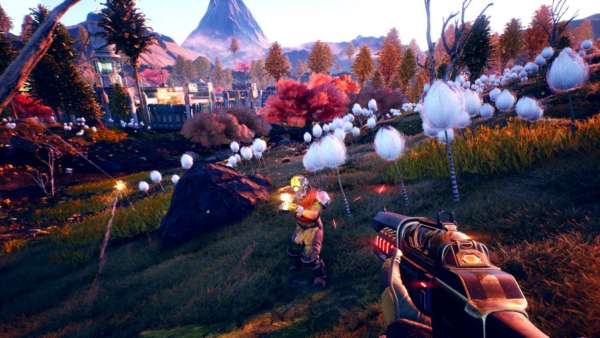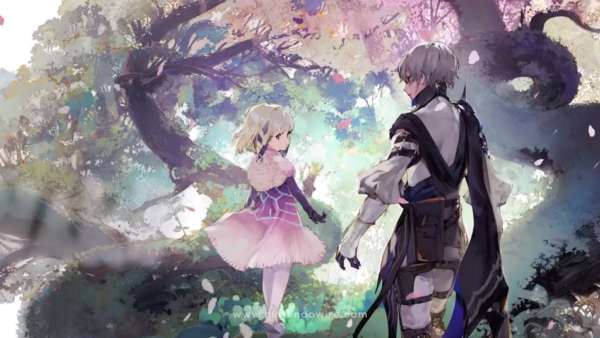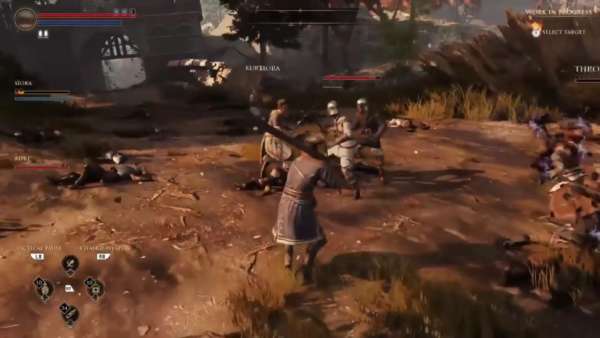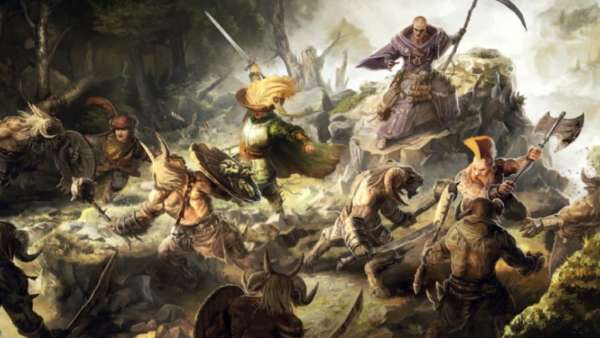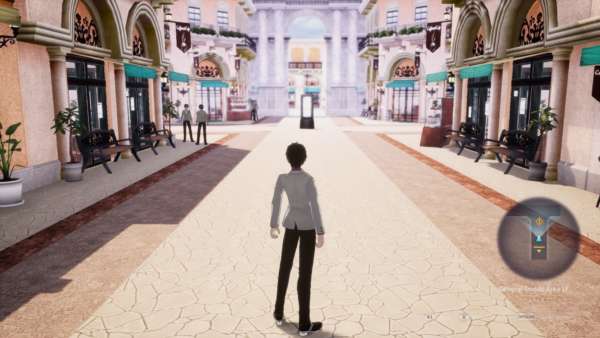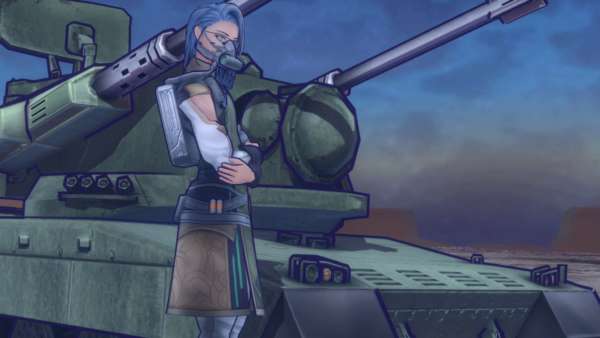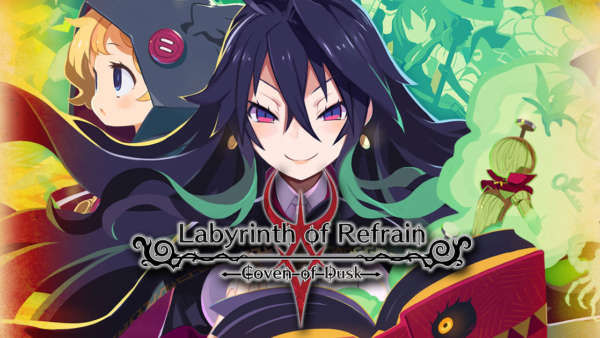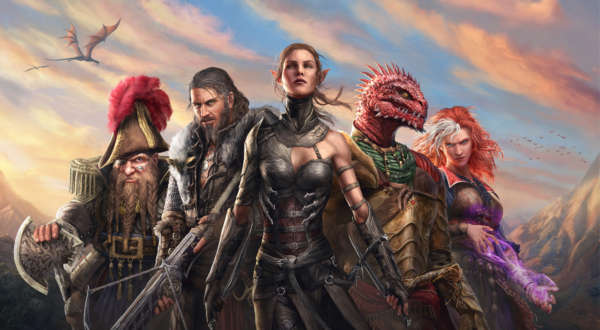Anime characters saving a medieval kingdom for a goose may seem a trifle odd to a large portion of the population, but that is exactly what happens in Battle Princess of Arcadias, the latest JRPG to be released by niche publisher NIS America. In the kingdom of Schwerts that is ruled by King Sigurth, the aforementioned goose, the world is being attacked by powerful monsters have appeared out of nowhere. Their strongest defense team, known as the Princess Brigade, is called into action to save the world from these creatures and to rescue the other kingdoms on the continent of Vertex.
In a similar fashion to Odin Sphere, the entire game is presented in a 2D environment, with several text based cut scenes to break up the action. Each character has two buttons assigned for short and heavy attacks, as well the ability to tag out to another character if things get a little too intense along the way. The standard item system of potions, varying types of weapons and power-ups are also in place, so you recover your health and magic, as well as temporarily adjust your abilities. There is nothing here that hasn’t been seen before, but if it isn’t broke, Battle Princess of Arcadias doesn’t fix it.
On the world map, several types of stages become available as you progress, as well as open areas where you can upgrade your weapons, buy new items and speak to several of the world’s inhabitants. The Combat zones are small side scrolling stages where you face several enemies until you reach the goal, whereas the Siege stages allow you command an entire army against a boss with considerably more power than the standard enemies. Using certain tactics that you can switch with the press of a shoulder or face button, you can choose to regroup your army, attack all at once, or act as a line of defence to save them themselves from being destroyed.
The final stage type is known as Skirmish, which combines the group mechanics of Siege, with the one on one action that takes place in Combat. It is possible in every mode to change the way that your army reacts with a series of action commands, and special moves known as Showdowns allow you to perform a stronger than average attack, providing you have the energy. While the Siege stages may seem like a good idea in concept, in reality it can feel slightly difficult to manage both your army and yourself whilst dealing with waves of unrelenting enemies, as well as eliminating their leaders. While I do like a challenge, the difficulty of some levels in Battle Princess of Arcadias felt more punishing than satisfying, leading to a sense of relief rather than gratification when each of the levels is completed.
These spikes of challenge may be a popular choice in side scrolling role playing games, but with the constant persistence and sometimes unresponsive controls, winning a battle can sometimes be down to luck , rather than skill. There is no option to tone the difficulty down, so if you cannot progress on your own, it is highly likely that you will be stuck for quite a while. The game will save your progress after every level is completed, but there is no option to do so at will, meaning that you will have to enter and exit any of the areas on the map, or complete your current goal to store your progress.
Each of the stages allows you to take three of the characters you have unlocked throughout your journey, and every enemy you defeat will earn you more experience which will unlock new abilities and upgrade your personal trio’s vital statistics such as health, strength and agility. Some replay value is included with the ranking system, so you always return to any completed stage to get a better grade using your buffed up brigade, or a character that has skills that are better suited to a particular kind of experience. Each character on offer use different kinds of combat, but even when they have reached their maximum potential, some of them feel like they could have been given more attention with their range of attacks and effectiveness outside of battle.
The weapon upgrade system takes an interesting approach to the concept, as you are restricted to how many times you can modify a weapon. This is a sensible choice as it allows a level of customisation, but you are not given the opportunity to make an all powerful tool that is impossible to deflect, which can put you at an unfair advantage for the rest of the game. Any item that you have collected throughout the stages can augment your weapons in many ways, which is a nice change from having to find specific items that can only be found by defeating the rarest of enemies, or undergoing a difficult side-quest.
In conclusion, Battle Princess of Arcadias is a solid and enjoyable experience, but it is sadly let down by the lack of variety in its playable characters, the illogical saving system and the uncompromising difficulty level that cannot be adjusted. These problems aside, if you are looking for a medieval side scrolling role playing game that tries to offer a wide range of game play styles and a breed of humour all its own, then I do not think you will not be disappointed.
